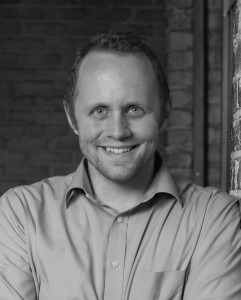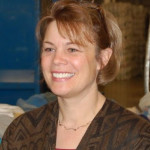Podcast: Download (5.9MB)
Subscribe: RSS
From the book: Of Faith and Reason: 80 Evidences Supporting the Prophet Joseph Smith
by Michael R. Ash
Near the beginning of the Book of Mormon, Nephi tells his readers that the record was written in “the language of my father, which consists of the learning of the Jews and the language of the Egyptians” (1 Nephi 1:2) Critics have asserted for years that there is no such thing as reformed Egyptian, and even if there were, devout Israelites such as Lehi would not have written scripture in a pagan Egyptian script but would have only used Hebrew.
Nearly fifty years ago, Hugh Nibley showed that the Egyptian culture played an influential role in seventy century BC Palestine –primarily in the area of culture and language. Modern studies verify that Nibley was right. Recently rediscovered writings from approximately Lehi’s day tell us that Jews and other foreigners were all instructed in the language of Egypt. We now know of other Hebrew and Aramaic texts –such as Papyrus Amherst 63 –that were written in Egyptian characters.
Also discovered a decade ago, were ancient potsherds from Lehi’s vicinity and time, that contained a script composed of a modified form of Egyptian hieroglyphics. This script was used almost exclusively by Israel and not any of the neighboring communities. Some Near Eastern scholars now believe that scribes and students in Lehi’s day were trained in both Hebrew and Egyptian writing systems.
Michael R. Ash is the author of: Of Faith and Reason: 80 Evidences Supporting The Prophet Joseph Smith. He is the owner and operator of MormonFortress.com and is on the management team for FairMormon. He has been published in Sunstone, Dialogue: A Journal of Mormon Thought, the Maxwell Institute’s FARMS Review, and is the author of Shaken Faith Syndrome: Strengthening One’s Testimony in the Face of Criticism and Doubt. He and his wife live in Ogden, Utah, and have three daughters.
Julianne Dehlin Hatton is a broadcast journalist living in Louisville, Kentucky. She has worked as a News Director at an NPR affiliate, Radio and Television Host, and Airborne Traffic Reporter. She graduated with an MSSc from the Maxwell School of Citizenship and Public Affairs at Syracuse University in 2008. Julianne and her husband Thomas are the parents of four children.
Music for Faith and Reason is provided by Arthur Hatton.







